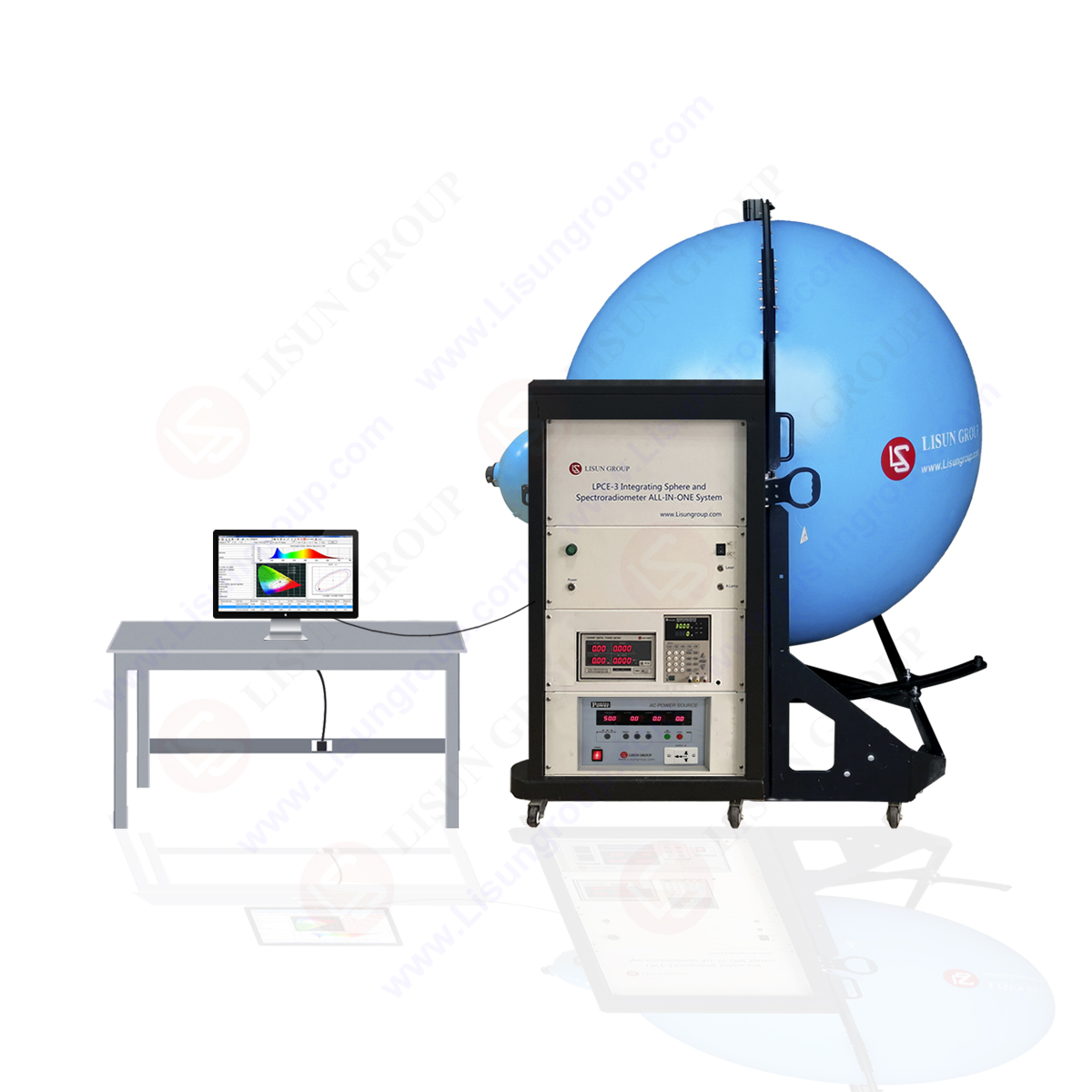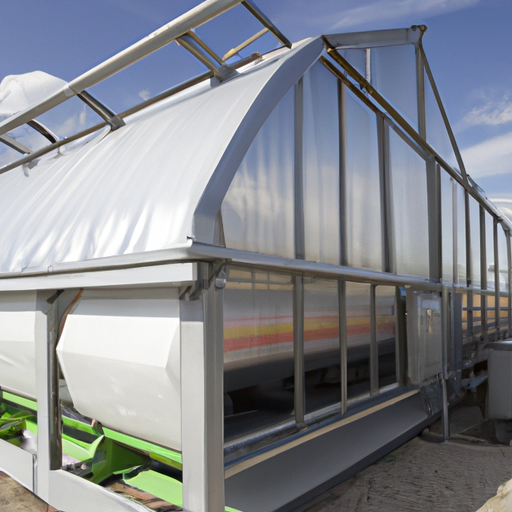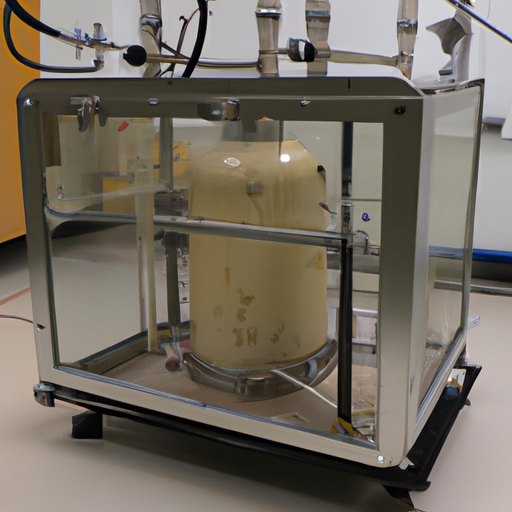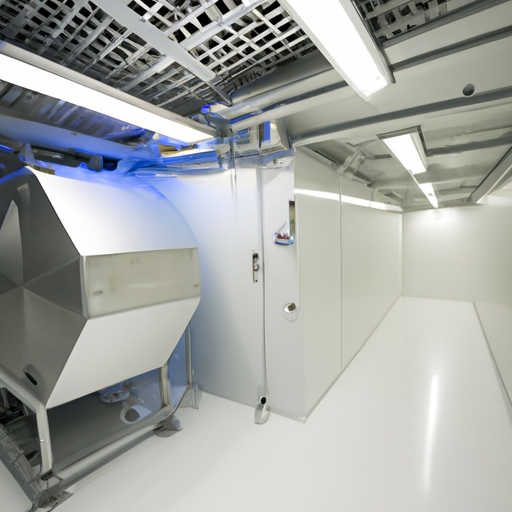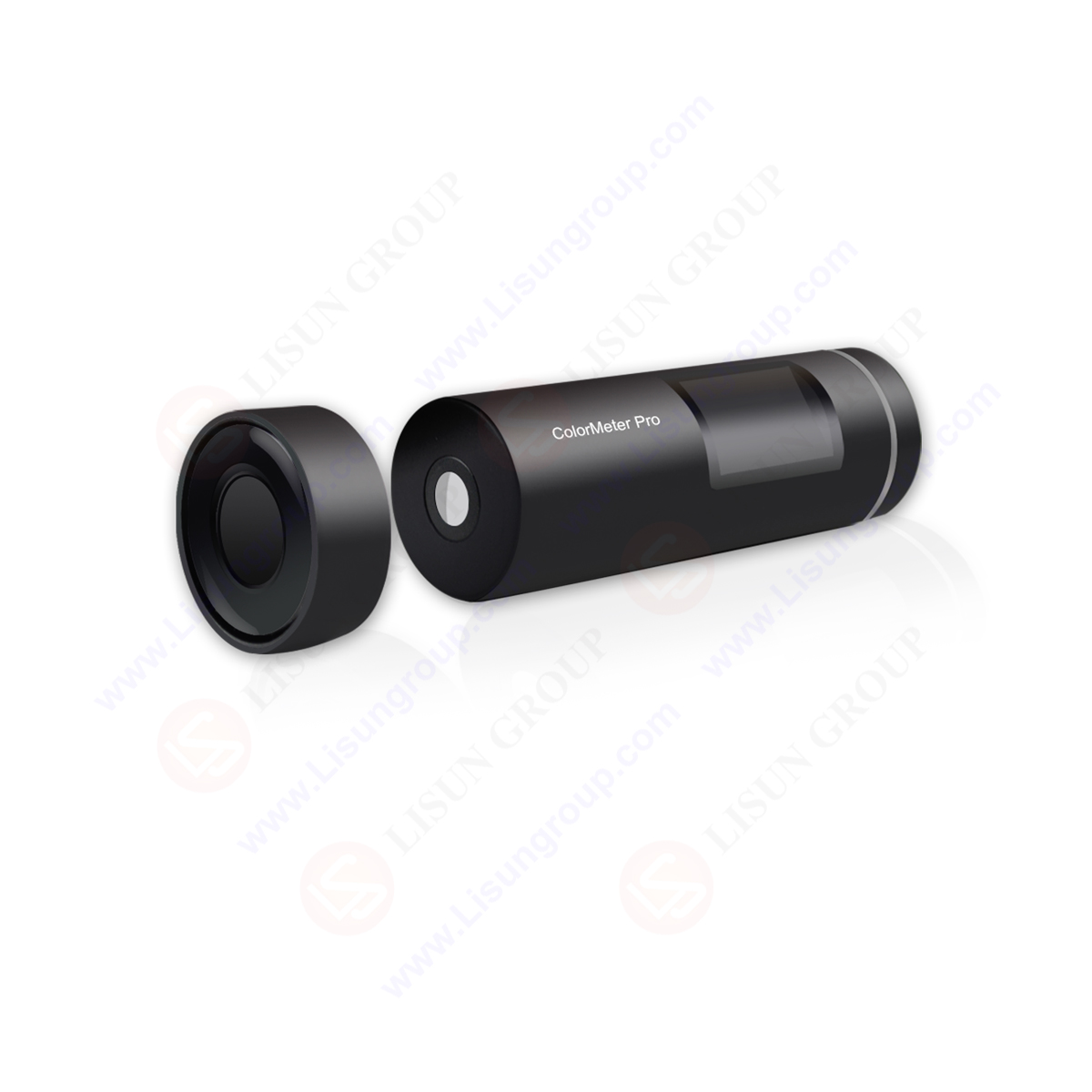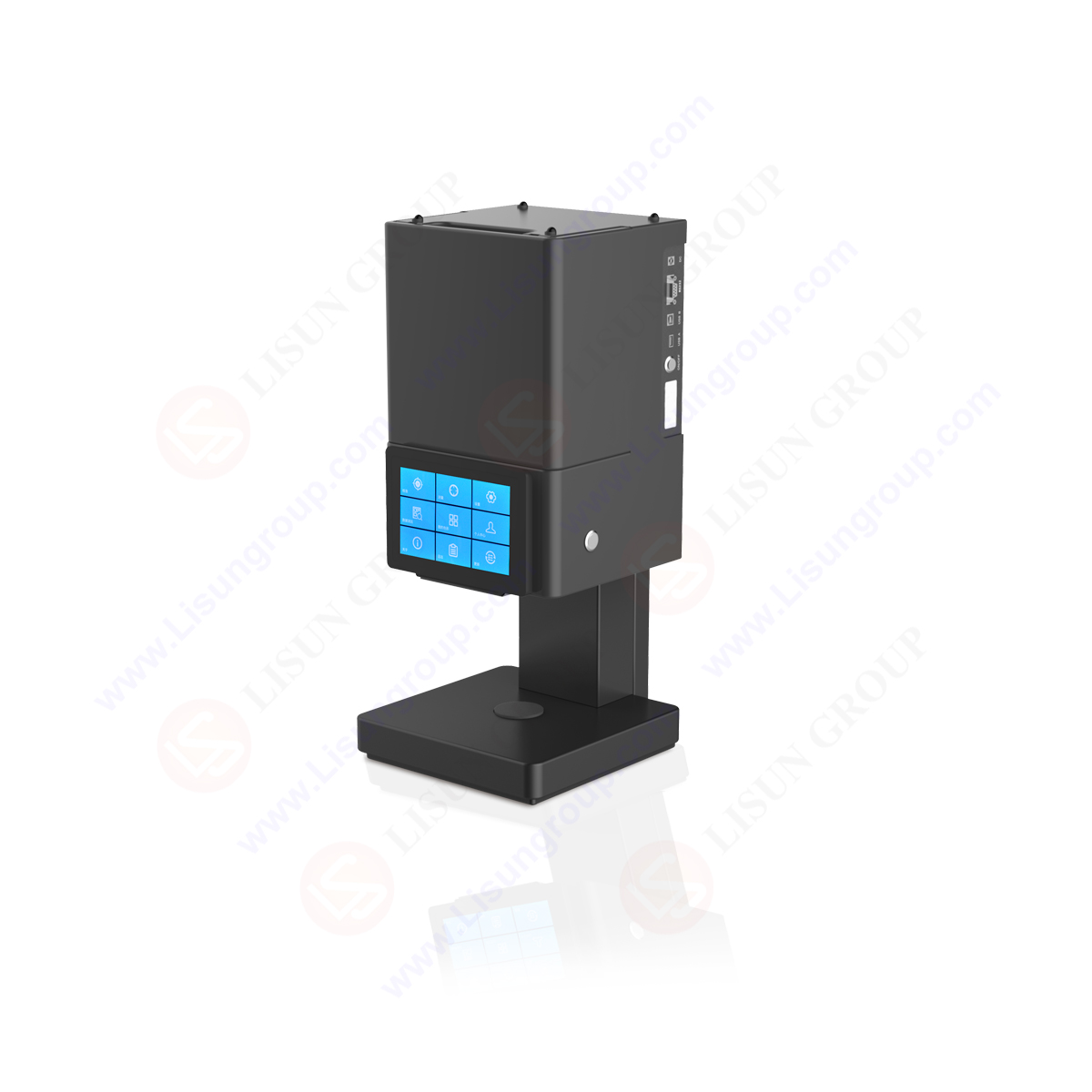Color measurement principle is a psychophysical quantity. People’s perception of color is realized by the light signal reflected or transmitted from the object received by the human eye. Color property is a three variable function, which can be described by the three elements of color: lightness, hue, and color saturation. The color of the light source is determined by the spectral distribution of the light source. The color of an object is determined by the spectral characteristics of its surface. However, the human eye does not always have the same color perception for objects with the same spectral characteristics of the object surface. Another key factor affecting the color perception of the human eye is the geometric characteristics of the spatial distribution of light on the object surface. The description of geometric characteristics is relatively complex, and different industries have different concerns. They also use different description and measurement methods, such as object surface glossiness, orange peel, etc.
When the light incident on the object surface, the following four conditions will occur:
1. Specular reflection occurs on the object surface. It is the main reason for the surface luster of objects.
2. When the light incident into the interior of the object, scattering occurs in the interior of the object, resulting in diffuse reflection and diffuse transmission.
3. When diffuse reflection and diffuse transmission light propagate in the object, light of different wave bands will have different absorption, thus producing different colors from the incident light.
4. When the object is more transparent, part of the light will directly pass through the object to generate transmission.
When the light incident on the surface of the object, part of the light reflected on the surface of the object and did not enter the interior of the object. The amount of specular reflected light depends on the refractive index of the object material and the incident angle of light, which follows Fresnel’s law.
The direction of specular reflected light depends on the smoothness of the object surface. With different surface roughness, specular light will produce different spatial distributions as shown in Figure 1.2. For specular light, there is no corresponding absorption because it does not propagate inside the object. Therefore, the spectral distribution of specular reflected light is consistent with that of incident light. The light entering the object is a refracted beam, and the direction of propagation inside the object follows the law of refraction. Refracted light generates multiple reflections and refractions inside the object. When light propagates inside an object, the object’s selective absorption of the spectrum reflects the corresponding color of the object. The light that part of the light returns to the air after passing through the object surface becomes diffuse reflection light, and the other part of the light passes through the object to the lower surface and becomes diffuse transmission light. Diffuse reflected light and diffuse transmitted light are different from the light source spectrum. The specular reflected light and diffuse reflected light are received by the human eye together. If the proportion of specular reflected light in the light signal received by the human eye is too large, the color of the object surface itself will be “diluted”, making the human eye feel that the color brightness is high and the saturation is low.
People must observe color under three conditions: light source, object and eye. Similarly, for the color measuring instrument to obtain the test results, there must be three conditions: lighting source, tested sample and sensor. Up to now, object color measuring instruments have been used to measure color data by measuring the spectral characteristics of material surfaces.
To represent a color objectively and quantitatively, it is necessary to calculate the proportion of the color of the object or light source in the matching stimulus primary colors, that is, calculate the tristimulus value of this color according to the principle of modern colorimetry. The calculation method of tristimulus value is to use the spectral reflection value of the sample, the relative spectral power distribution of the standard illuminant used and the color matching function of the 2 ° or 10 ° field of view recommended by CIE to calculate the chromaticity coordinates and other relevant chromaticity parameters of the sample color by using the equal wavelength interval method within the visible light spectrum range.
Therefore LISUN launched Portable Colorimeter/Chroma Meter is an innovation color measuring tool with powerful configuration to make color measurement easier and more professional; It support Bluetooth to connect with Android and ISO devices, Portable Colorimeter/Chroma Meter will take you into a new world of color management; It can be widely used to measure color value, color difference value and find similar color from color cards for printing industry, paint industry, textile industry, etc.CD-320PRO DSCD-920
Benchtop Spectrophotometer (Reflectance and Transmittance) DSCD-920 adopts 7 inches touch screen, full wavelength range, Android operate system. Illumination : reflectance D/8° and transmittance D/0°(UV included / UV excluded), high accuracy for color measurement, large storage memory, PC software, because of above advantages, it is used in laboratory for color analysis and communication
Lisun Instruments Limited was found by LISUN GROUP in 2003. LISUN quality system has been strictly certified by ISO9001:2015. As a CIE Membership, LISUN products are designed based on CIE, IEC and other international or national standards. All products passed CE certificate and authenticated by the third party lab.
Our main products are Goniophotometer, Integrating Sphere, Spectroradiometer, Surge Generator, ESD Simulator Guns, EMI Receiver, EMC Test Equipment, Electrical Safety Tester, Environmental Chamber, Temperature Chamber, Climate Chamber, Thermal Chamber, Salt Spray Test, Dust Test Chamber, Waterproof Test, RoHS Test (EDXRF), Glow Wire Test and Needle Flame Test.
Please feel free to contact us if you need any support.
Tech Dep: Service@Lisungroup.com, Cell/WhatsApp:+8615317907381
Sales Dep: Sales@Lisungroup.com, Cell/WhatsApp:+8618117273997
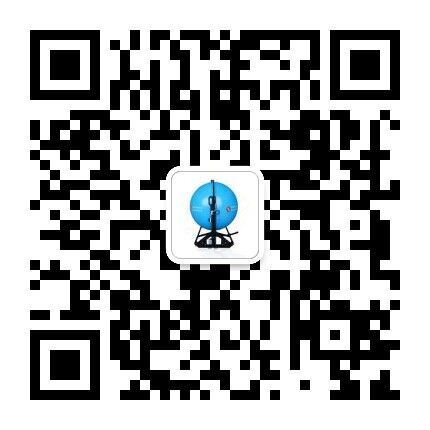
 中文简体
中文简体
